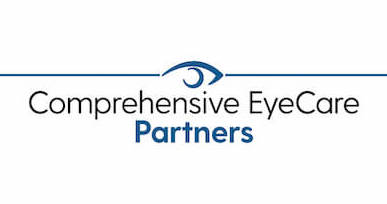
Your eyes are an essential part of your body and are made up of many parts. One of the most necessary parts of your eye is the retina.
The retina is the thin membrane at the back of your eye, and without it, you wouldn’t be able to see. You may have heard about certain conditions that can affect the retina, especially those common in older adults, including macular degeneration and diabetic retinopathy.
Knowing what the retina does can help you understand how vital its role is and why these diseases are so serious and important to diagnose early to prevent retinal damage. Keep reading to learn more about how the retina functions!
The Retina
The retina is a thin layer of tissue that lines the back of your eye. This tissue is composed of cells called photoreceptor cells.
The role of photoreceptor cells is to receive the light that passes through your eye. The photoreceptors then translate the light into impulses.
These impulses are sent through the optic nerve and to the brain, where they’re processed as images you can see and understand.
How Important Is the Retina?
Without your retina, you wouldn’t be able to see. Photoreceptors are necessary if you want to receive light and send information to the brain.
Without photoreceptors, your eyes wouldn’t be able to translate light passing through into images, so you wouldn’t be able to see at all.
While it’s rare to lose your retina entirely, it’s not uncommon for parts of it to become damaged. When the retina is damaged, the lost photoreceptor cells can’t regenerate. This leads to blank spots in your vision. When diseases that impair the retina are left untreated, it can result in complete blindness.
Conditions that Affect the Retina
Two of the most common retinal conditions are macular degeneration and diabetic retinopathy. Macular degeneration happens when the macula, the center of the retina, begins to deteriorate.
Macular degeneration is usually linked to age. Most forms of macular degeneration are referred to as AMD(age-related macular degeneration).
AMD can come in two forms: wet AMD and dry AMD. Dry AMD is when drusen, which are yellowish deposits that form under the retina, cut off the oxygen supply to the retina, causing it to thin over time.
Wet AMD occurs when blood vessels under the macula grow abnormally, swell, and leak, leading to scarring that damages parts of the retina.
Diabetic retinopathy is similar to wet AMD but is caused by uncontrolled diabetes or having diabetes for a very long time. High blood sugar levels cause blood vessels to grow abnormally under the retina, swell, and leak, causing retinal damage.
If you have AMD or diabetic retinopathy, there are treatment options available. These treatments only manage symptoms and slow the progression of the disease.
Once the retina has suffered any damage, it is irreversible. It’s critical to have these conditions diagnosed in the early stages before there’s vision loss. Since there aren’t any early symptoms, this means you have to have your retina examined to spot the early signs of any retinal conditions.
To keep the retina healthy, you need to have regular eye exams, especially when you’re over 50 or after you’ve been diagnosed with diabetes. Retina exams ensure that any signs of damage are caught early, diagnosed, and treated accordingly.
Looking for more information about the retina and how to treat conditions that affect it? Schedule an appointment at Shepherd Eye Center in Henderson, NV, to learn more!


